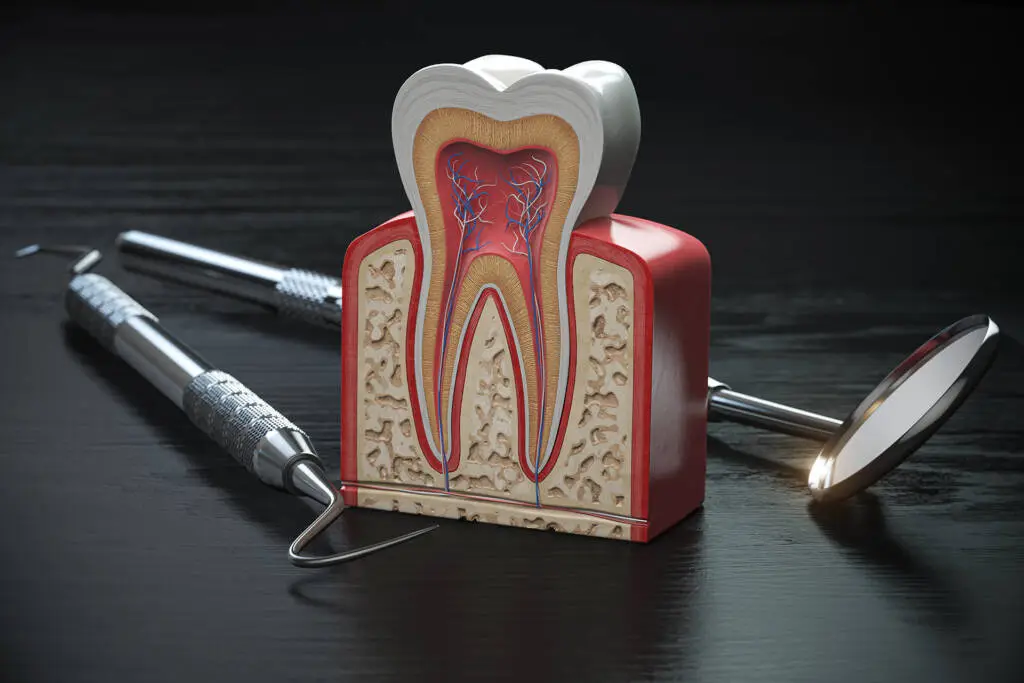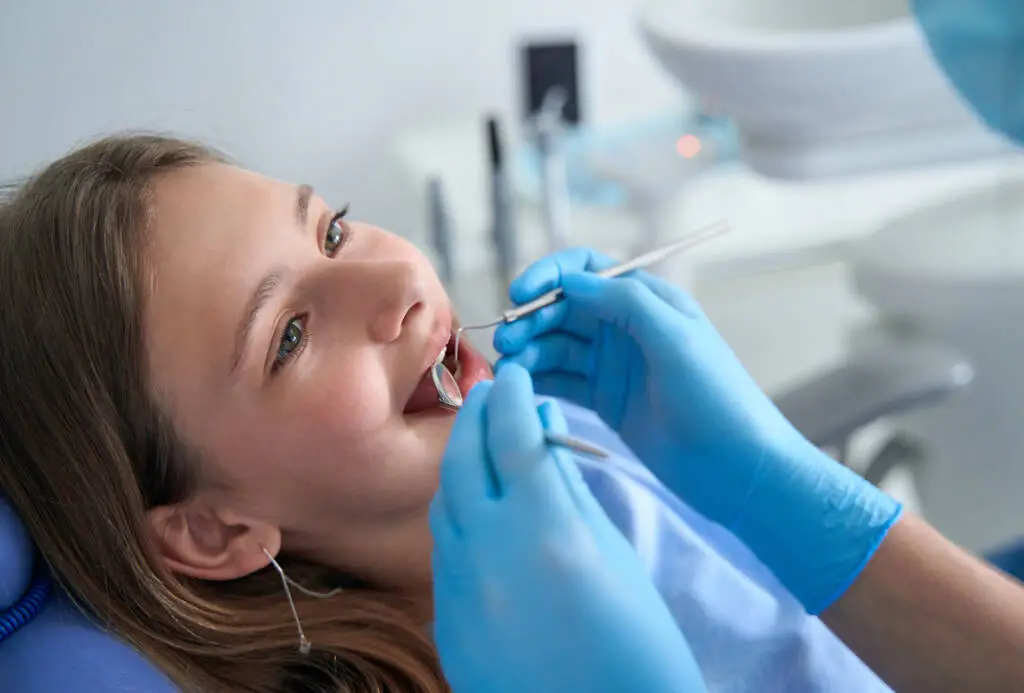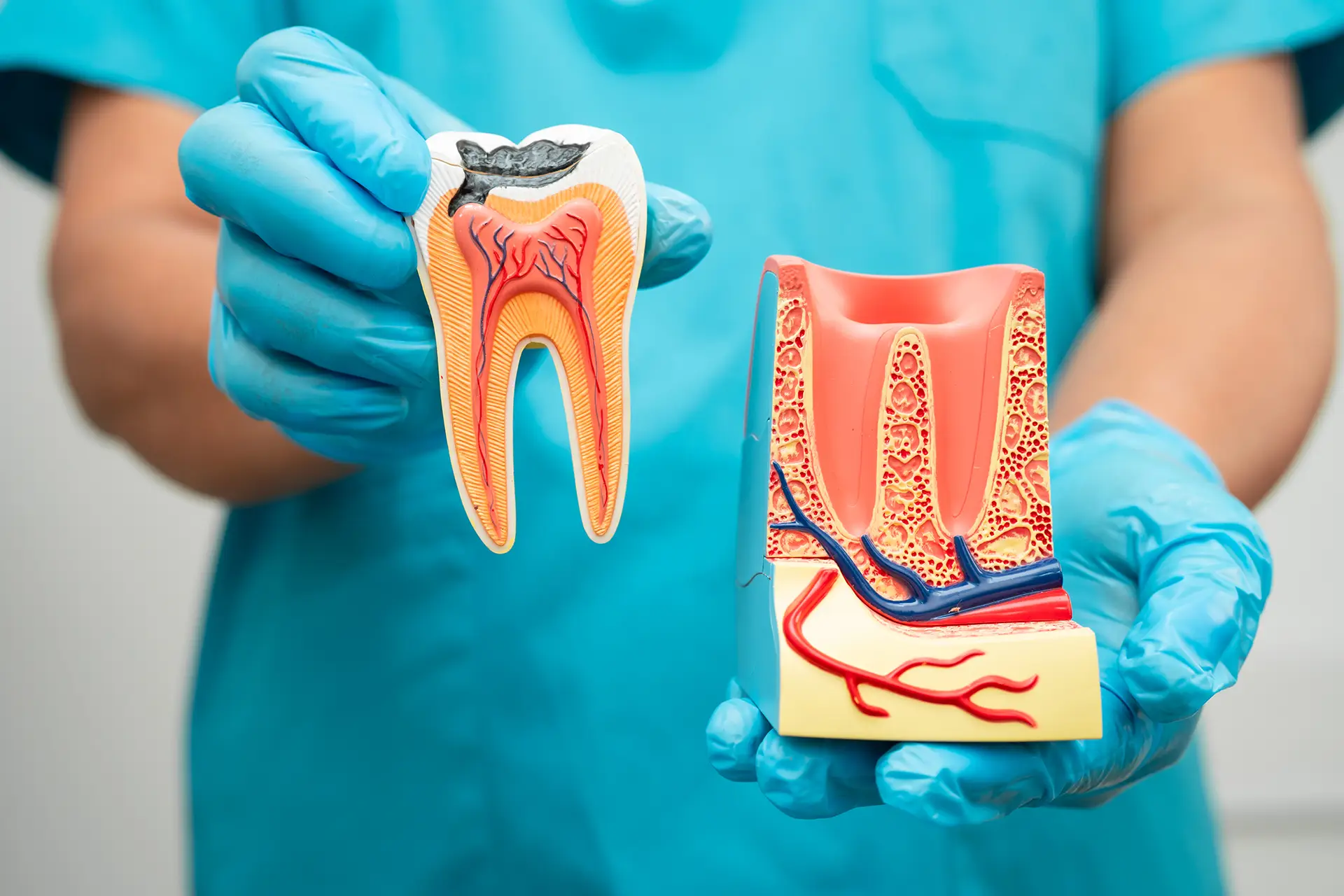What is a Tooth Extraction?
A tooth extraction is the removal of a tooth from its socket in the bone. It is typically recommended when a tooth is beyond repair due to severe decay, infection, or damage, or when there is not enough space in the mouth for proper alignment (such as in orthodontic treatments). Tooth extractions can be simple or surgical, depending on the condition and location of the tooth.
Why is a Tooth Extraction Needed?
Severe Tooth Decay or Damage
When a tooth is severely decayed or broken beyond repair, extraction may be the only option to preserve oral health. If the tooth cannot be restored with a filling, crown, or root canal, extraction helps eliminate the source of infection or discomfort.
Infection
In cases where a tooth infection cannot be controlled with antibiotics or root canal therapy, an extraction is necessary to prevent the infection from spreading to surrounding teeth or the jawbone.
Impacted Wisdom Teeth
Wisdom teeth, also known as third molars, may need to be extracted if they become impacted (stuck beneath the gumline) or if they cause pain, swelling, or infection. They can also lead to misalignment of neighboring teeth.
Orthodontic Treatment
In some cases, tooth extractions are part of an orthodontic plan to create more space for aligning teeth properly. Extracting teeth can help relieve crowding and improve the bite.
Gum Disease
Advanced gum disease (periodontitis) can cause tooth mobility and loss of supporting bone, requiring extraction to avoid further complications.


How is a Tooth Extraction Performed?
Tooth extractions are generally quick and straightforward procedures, but the process varies depending on whether the tooth is fully visible (simple extraction) or impacted (surgical extraction).
1. Consultation and X-Rays
Before performing an extraction, your dentist will examine your tooth and take X-rays to assess the root structure and surrounding bone. This will help determine the best approach for removing the tooth.
2. Local Anesthesia
To ensure you are comfortable during the procedure, the area around the tooth will be numbed with a local anesthetic. In some cases, sedation may be offered to help you relax.
3. Simple Extraction
For teeth that are fully erupted and easily accessible, a simple extraction is performed. The dentist will use special instruments to loosen the tooth and gently remove it from the socket.
4. Surgical Extraction
For impacted or broken teeth that cannot be easily accessed, a surgical extraction is necessary. In this case, the dentist may need to make a small incision in the gum tissue to access the tooth. The tooth may be removed in pieces to make the process easier and less traumatic.
5. Post-Extraction Care
After the extraction, the dentist will provide instructions for at-home care, including managing discomfort, caring for the extraction site, and any necessary follow-up appointments.

What to Expect During and After a Tooth Extraction
During the Procedure
The extraction itself is usually painless, thanks to local anesthesia or sedation. You may feel pressure or slight movement during the extraction, but you should not experience pain. The length of the procedure depends on the complexity of the extraction, with simple extractions typically taking just 20-40 minutes.
After the Procedure
- Pain and Swelling: Some discomfort, swelling, and bruising are normal after an extraction. These symptoms can be managed with prescribed pain relievers and cold compresses.
- Bleeding: A small amount of bleeding is expected immediately after the procedure. Your dentist will place a gauze pad over the extraction site to help control the bleeding.
- Healing Time: Recovery typically takes 1-2 weeks, although the bone and gum tissue may take several months to fully heal. The extraction site will gradually close and heal over time.
Benefits of Tooth Extraction
- Relieves Pain: Tooth extraction can provide immediate relief from pain caused by infection, decay, or damage.
- Prevents Further Damage: By removing a damaged or infected tooth, you prevent the problem from worsening or spreading to other teeth.
- Improves Oral Health: In cases of gum disease or overcrowding, tooth extraction can help restore balance to your oral health and prevent future complications.
- Essential for Orthodontic Treatment: For some orthodontic cases, extractions create the necessary space for better alignment of the teeth.
Is Tooth Extraction Painful?
Tooth extraction is typically not painful due to the use of local anesthesia or sedation. After the procedure, you may experience some discomfort, which is usually mild to moderate and can be managed with pain relievers. Most people find the recovery process manageable with proper care and attention.
Aftercare and Recovery
Proper aftercare is essential for ensuring a smooth recovery and preventing complications:
Oral Hygiene: Gently brush your teeth, but avoid the extraction site until it has healed. Your dentist may recommend a special mouth rinse to keep the area clean.
Rest: Rest for the first 24 hours after the procedure, avoiding strenuous activities.
Ice Packs: Apply ice packs to your cheek for 15-20 minutes at a time to reduce swelling.
Pain Relief: Take any prescribed pain medications or over-the-counter pain relievers as directed by your dentist.
Avoid Smoking and Straws: Smoking or sucking on a straw can dislodge the blood clot that forms in the extraction site, leading to dry socket—a painful condition that can delay healing.
Soft Foods: Stick to soft, cool foods like yogurt, soup, and smoothies during the first few days.
Contact Us to Schedule a Tooth Extraction
If you’re experiencing pain, infection, or discomfort from a problematic tooth, contact us today to schedule a consultation. Our team will assess your condition, discuss your treatment options, and guide you through the extraction process with care and comfort. Don’t wait—early intervention can prevent complications and help restore your oral health!



